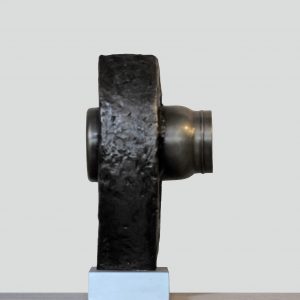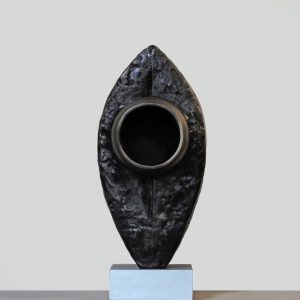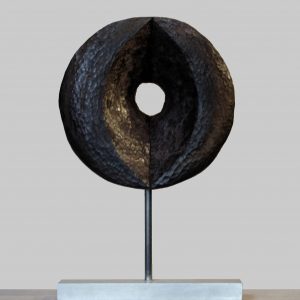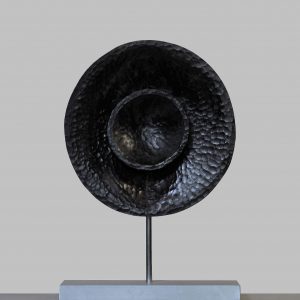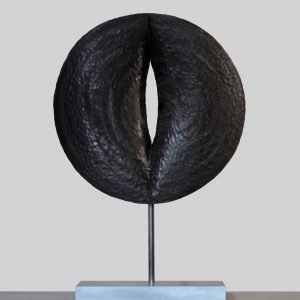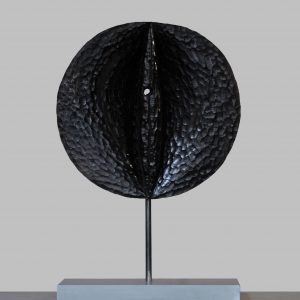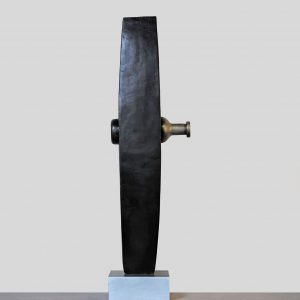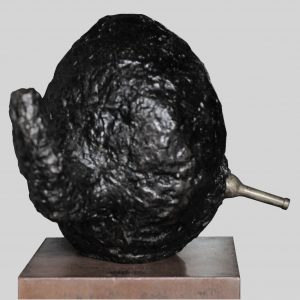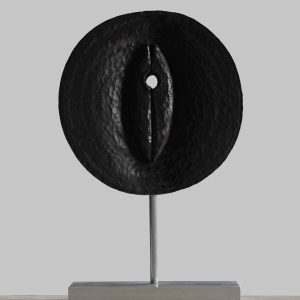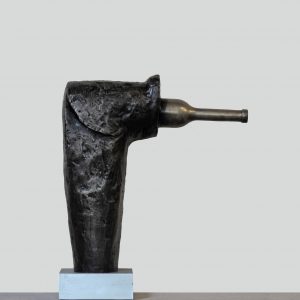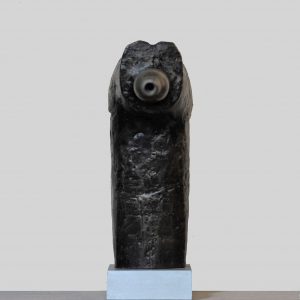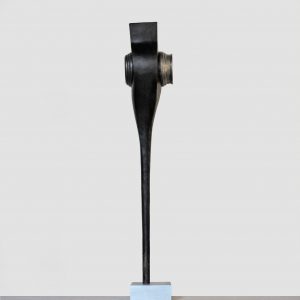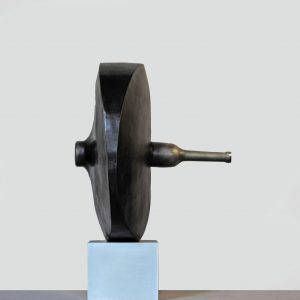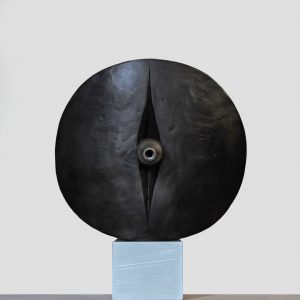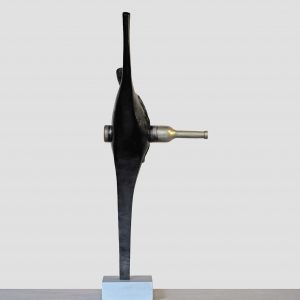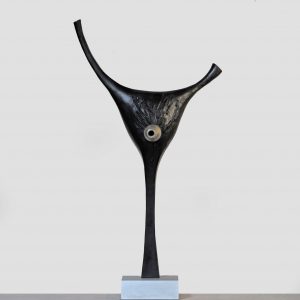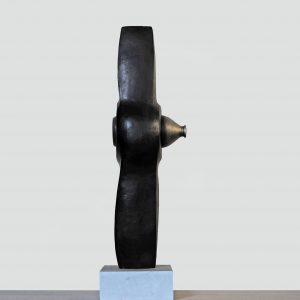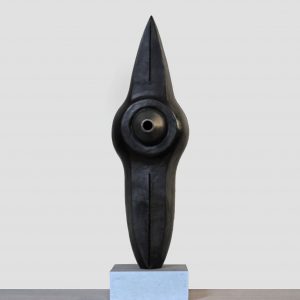THE STATIONS OF LIFE
Hoian town – where 400 years ago Japanese and Chinese merchants resided. Hoian is a hub of cross-cultural interaction and integration. The land witnessed the rise of the Kandapurpura kingdom some 1,400 years ago and the Champa civilization some 700 years ago. One can still find there remains of Champa sculptures, especially the Yoni-Linga symbols which represent the negative and the positive in Indian philosophy, a parallel to the ying-yang symbols which represents the moon and the sun in Chinese philosophy.
Nothing ever disappears – it just changes or transforms. In the same vein, information is forever there – though may be stored in one way or another. Yet, one’s access to information is constrained by one’s extent of knowledge. To go beyond one’s extent of knowledge is to tap into one’s realm of senses – this is where wisdom is attained and the supernatural is within reach.
The Cham people, in a way, took this approach in their journey of integration into the land of the Kinh people.
To me, Yoni symbolize unknown substations along one’s journey. All Yoni are unique – each with its own mysteries and wonders. One’s journey is incomplete until one gets to pass by – or experience – those substations for a time.
One may be destined to be a tailor, a doctor, a teacher, an author, or an artist. One may find joy in the crowd, or one may find peace in solitude. One will be what one is destined to be – there is no other way.
One may meet new faces. One may reset and restart. One may seek purposes in one’s diligent pursuit of a task. One may just wander about without any self-reflection. Or, one may just BE.
One – like a Yoni, or a mother – may become a substation, then another, then yet another – throughout a journey…

